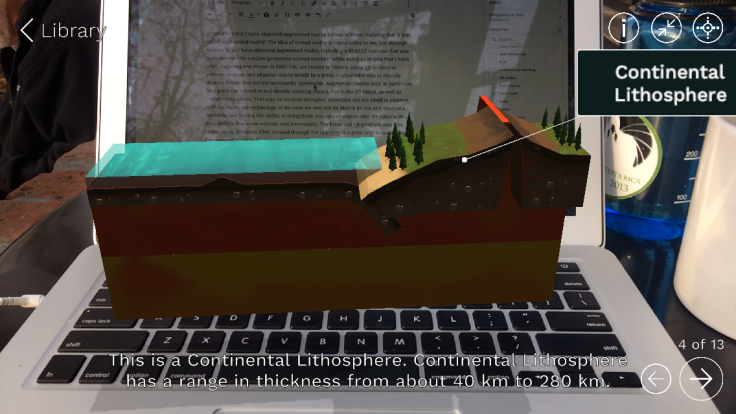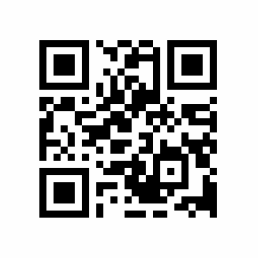It turns out that I have observed augmented reality before, without realizing that it was called augmented reality! The idea of virtual reality is intimidating to me, but through various apps I have observed augmented reality, including a REALLY cool one that was demonstrated by a fellow preservice science teacher. While many examples that I have seen, including one shown in EDCI 336, are related to history, using AR to observe science concepts and physical objects would be a great, multi-modal way to visually observe things that are not necessarily observable. Augmented reality may, in particular, be related to multimedia learning theory, due to the 3D visual, as well as verbal components. An example of a great use for AR in the classroom would be to observe biological molecules that are too small to observe without expensive technology, or to observe a phenomenon like a landslide that would be difficult to observe in the “real world.” For example, I explored the app “JigSpace” which displays and works through many objects, mechanisms, and concepts. I enjoyed going through the process of learning about convergent boundaries, and felt that the ability to manipulate the diagram and work at my own pace would make it beneficial in a science or earth sciences classroom!

In addition to augmented reality, we also learned about QR codes. I have also seen QR codes before, but not considered how the could be used in an educational context. It was neat to see that they were paired with the augmented reality program Dilemma 1944, created to provide students of Kitsilano High School a historical understanding of the soldiers in 1944 that were in the graduating class from Kitsilano. Augmented reality shows photos from 1944 overlain on many parts of the school. In addition, there are QR codes associated with individual students from 1944, that lead to information about these individuals. The first thing that came to mind for biology was a sort of scavenger hunt in a park, where students may be exploring the park to look for biodiversity and different important plants or habitat types. It could be educational for small signs with QR codes to lead to more information and resources on biodiversity, habitat types, and plants important to the ecosystem and to indigenous people.
I discovered just how easy it is to create a QR code by using the website https://t2mio.com. Below is the QR code for this blog!


Leave a comment